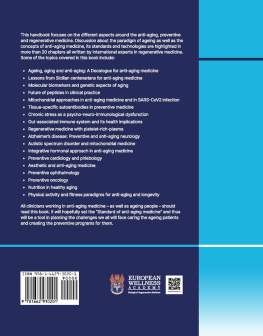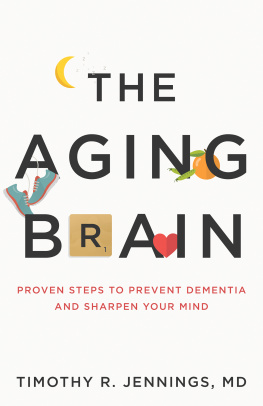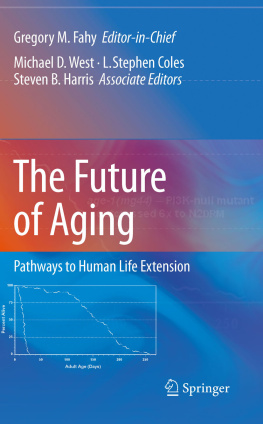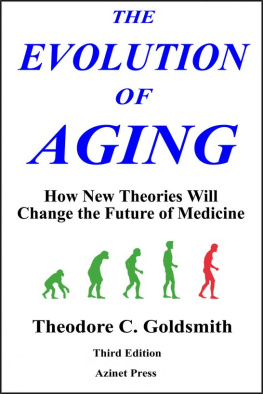Introduction
Since the completion of the Human Genome Project in 2002 and the recognition that this cannot provide all the answers to the etiology of age-related diseases, attention has turned to assessing changes in the expressed proteins of a given genome. Proteins are highly sensitive to oxidative modifications by reactive oxygen species (ROS) and reactive nitrogen species (RNS). In addition, native proteins can be modified by highly reactive aldehydes and ketones produced during ROS-mediated oxidation of lipids and glycated proteins during the aging process [].
On the other hand, a broad community of investigators focused on the role of protein oxidation in the etiology and/or progression of several age-related diseases [].
Because protein oxidation mechanisms and their markers in aging and age-related disorders have been treated extensively in various reviews and textbooks, including those by the aforementioned leading authors, we have chosen not to deal with the same material in this chapter and concentrate instead on protein redox-regulation mechanisms in the aging cell.
Postmitotic Aging and Redox Homeostasis
Aging is a progressive decline in an organisms adaptability and consequent increase in morbidity and mortality. It largely depends on changes occurring in long-lived postmitotic cells (nondividing cells), such as neurons, cardiac myocytes, and retinal pigment epithelial cells [].
Fig. 1
Proteins can become oxidatively modified by a large number of reactions involving ROS, reactive aldehydes, and ketones. Intracellular degradation pathways and repair systems maintain redox homeostasis of the proteins in aging postmitotic cells. Oxidized proteins are generally destined for proteolysis by the lysosomal system, proteasome, small ubiquitin-like modifier (SUMO), and the Lon protease but can escape degradation and form high-molecular-weight aggregates that accumulate with aging. Depending on the type and degree of the oxidative modification, intracellular elimination of oxidatively modified proteins materializes in the different cellular compartments by either degradation or repair systems including the group of protein disulfide oxidoreductases, such as Trx/Trx reductase, glutaredoxin, and Msr. The accumulation of oxidized proteins is known to be linked to age-related diseases such as Alzheimers disease, Parkinsons disease, and cancer
Postmitotic tissues of high energy demand are at greater risk of being damaged by free radicals, consistent with the notion that signs of oxidative damage usually start to appear at these body sites [].
These cells are very rarely (or never) replaced because of the division and differentiation of stem cells, causing the accumulation of biological waste materials (e.g., lipofuscin, irreversibly damaged mitochondria, and aberrant proteins) that gradually replace normal structures, leading to functional decay and cell death [].
A variety of age-related diseases, such as neurodegenerative disease, and the physiologic aging process are characterized by the intracellular or extracellular accumulation of oxidized proteins [] of proteins are other crucial mechanisms by which selectively oxidized proteins are targeted for degradation with such specificity believed to be necessary for maintenance of cellular redox homeostasis in the aging cell.
Although the SUMO system was only discovered 10 years ago, extensive studies in the past few years have demonstrated that sumoylation is a remarkably versatile regulatory mechanism of protein functions involved in the regulation of diverse cellular process. SUMO can either regulate the functional activity of a target protein by direct sumoylation or indirectly regulate a signaling pathway via sumoylation of a key signaling molecule. SUMO proteases may also act as redox sensors and effectors modulating the desumoylation pathway and specific cellular responses to oxidative stress. Recent evidence indicated that equilibrium between SUMO conjugationdeconjugation under high oxidative stress could be affected by ROS [].
Other evidence was provided previously by the finding that overexpression of antioxidant enzymes that prevent the generation of excess free radicals, such as superoxide dismutase (SOD) and catalase []. It is worthwhile to mention that the germ line of egg and sperm has been maintained alive and safe from senescence and oxidative damage for more than a billion years. Because multicellular organisms are able to reproduce with germ-line cells before senescence of their soma, which incapacitates them, there was never any evolutionary impetus to develop biochemical mechanisms of preventing senescence in their postmitotic cells. Notably, both Drosophila melanogaster and Caenorhabditis elegans are mostly composed of postmitotic cells; the results from these invertebrates are much more supportive of the free radical theory of aging than are results from rat.









